Lyric poetry is a type of poetry that expresses the personal feelings or thoughts of the poet. It is characterized by its musical quality, with a focus on imagery and emotion. If you’re interested in writing a lyric poem, the following guide will help you get started.
Lyric Poetry Guide
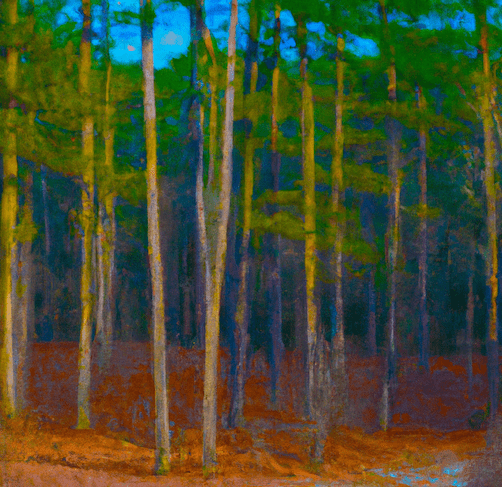
Step 1: Choose a theme or subject. The first step in writing a lyric poem is to choose a theme or subject. This can be anything that inspires you, whether it’s love, nature, or a personal experience. It’s important to choose a theme that you’re passionate about, as this will come through in your writing.
Step 2: Experiment with different forms. Lyric poetry comes in many different forms, including sonnets, haikus, and free verse. Experiment with different forms to find the one that best suits your theme and style.
Step 3: Use imagery to create a visual experience. A key component of lyric poetry is imagery. Use descriptive words and phrases to create a visual experience for the reader. This will help them to connect with your poem on an emotional level.
Step 4: Incorporate sound techniques. Another important aspect of lyric poetry is its musical quality. Incorporate sound techniques such as rhyme, meter, and repetition to create a musical rhythm in your poem.
Step 5: Revise and edit your work. After you’ve written your poem, take the time to revise and edit it. Read it aloud to hear how it sounds and make any necessary changes. You can also ask for feedback from friends or a writing group to get a fresh perspective on your work.
Writing a lyric poem is a creative process that requires you to tap into your emotions and express them through imagery and sound techniques. Remember to choose a theme that you’re passionate about, experiment with different forms, use imagery to create a visual experience, incorporate sound techniques, and revise and edit your work.
Keywords: lyric poetry, poetry, writing poetry, writing a lyric poem, personal feelings, musical quality, imagery, emotion, theme, subject, sonnets, haikus, free verse, descriptive words, phrases, sound techniques, rhyme, meter, repetition, revise, edit, feedback.
Check out Little Tree Food Forest for articles on food forests and homesteading.
Check out FoodieScapes for articles on growing, fermenting and preserving food.

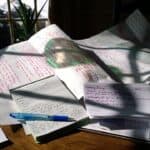

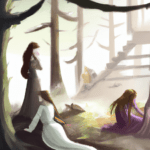
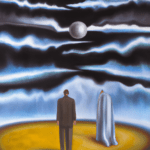


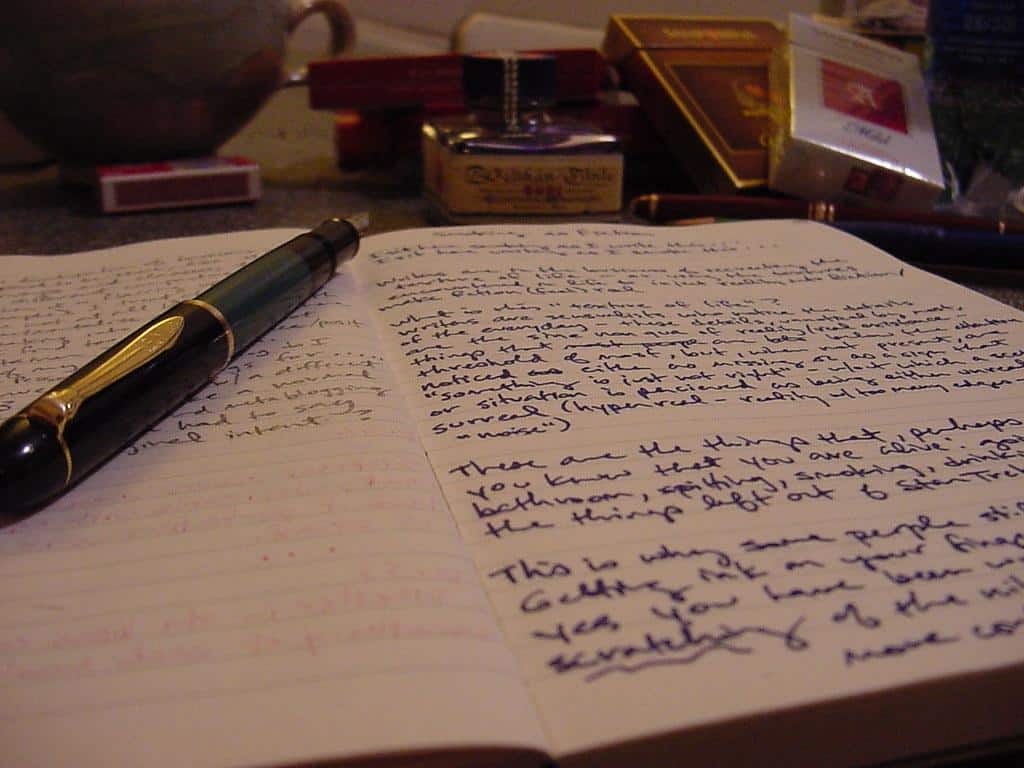
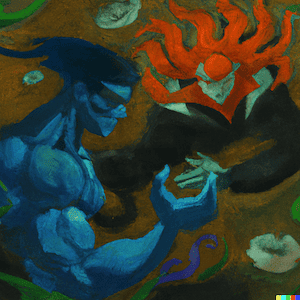
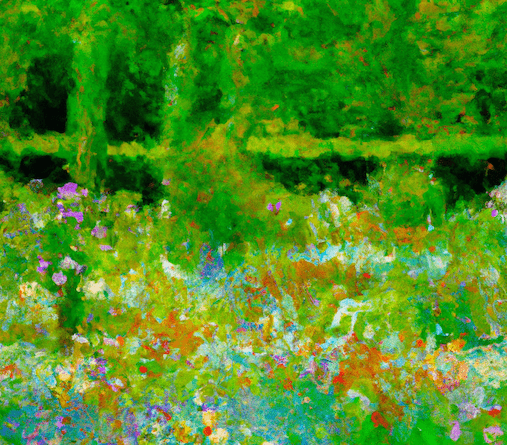

One thought on “Mastering the Art of Lyric Poetry: A Step-by-Step Guide”